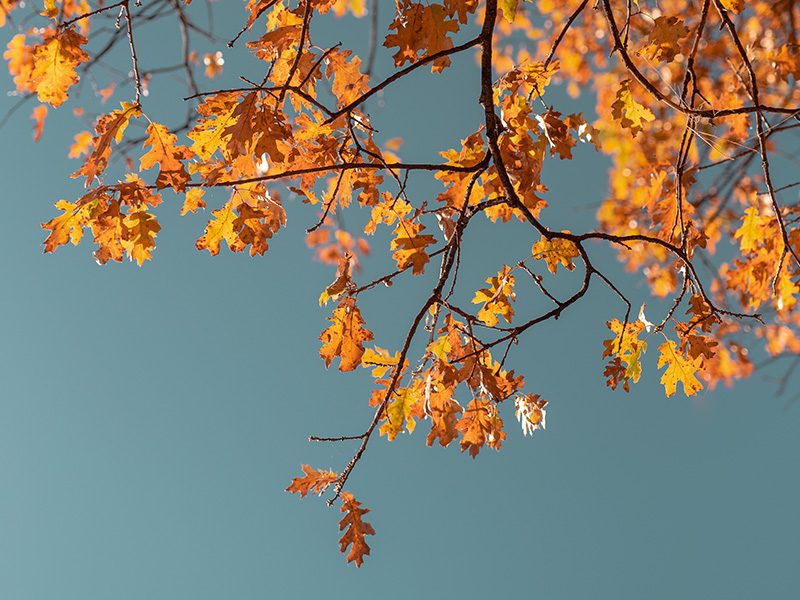This article comes from guest contributor Lisa Dove of Forest Park.
Welcome to the beginning of our fall and winter seasons. It is the last month of Daylight Saving Time, as we have been losing daylight time every day. Early in November, we get the reap the harvest of an extra hour of sleep.
We can blame (or praise) Benjamin Franklin for Daylight Saving Time. In 1784 he proposed the idea as a way to maximize the use of sunlight longer into the evening. His reason was that households could burn fewer candles in the mornings and evenings during the winter. However, the practice did not become “official” until passed by Congress in 1966 (Uniform Time Act). For those of us who have made drip candles and know the time and effort it takes to make them, I can understand where folks in the 18th Century probably thought this was a good idea.
In the garden, we are beginning to see the effects of the lessening daylight hours. Our flowers and trees begin to produce less and less chlorophyll (the green stuff) and begin to decline. Trees begin to show their true colors, as the chlorophyll diminishes, and their colored leaves appear. Birds are beginning to cluster for migration, and we still see some hummers passing through our area. This year was a slight year for Monarchs and other butterflies, but I’ve seen some lately on my butterfly bushes.
Sometimes in October, after a cool, wet spring, we begin to see an awful lot of fungus/mildew on our perennials and shrubs. This year was a particular disaster for older Lilac varieties. Does your lilac look like it is dying? Are your Peonies covered in moldy powder? You are not alone. I have had a couple of inquiries regarding old Lilacs that appear to be losing all their leaves and just looking really ragged. Our cool, wet spring provided our soil with the right environment to allow the fungus to grow and hide out all summer until the days grew cooler. Resist the urge to get out the chainsaw! Right now, you need to make sure that all leaf litter is cleared away so that the fungus is not retained in the soil. (HINT: Use our city recycle service and don’t put the leaves in your compost bin unless you are sure that your bin’s temperature is sufficient to kill the fungus.)
In the spring, when the shrub buds out, you can decide to spray it with a copper-based fungicide. I’m going to let mine bloom (or hope it does) and then I’m going to also thin it out and prune it down. Increased air circulation during the spring should help.
October is also the time to plant/divide perennials and shrubs. New plantings must have time to establish before the winter. Evergreens should be given plenty of water. Mums are popular for planting now, and with heavy mulching can survive to next spring. If they return, keep them pinched to an inch until the 4th of July, and you can have beautiful mums again in the fall.
According to my calendar, the cicadas in July predict a first Frost Date of October 7th. Time to grab the Farmer’s Almanac and see what we have in store for winter!
—Lisa Dove


0 Comments